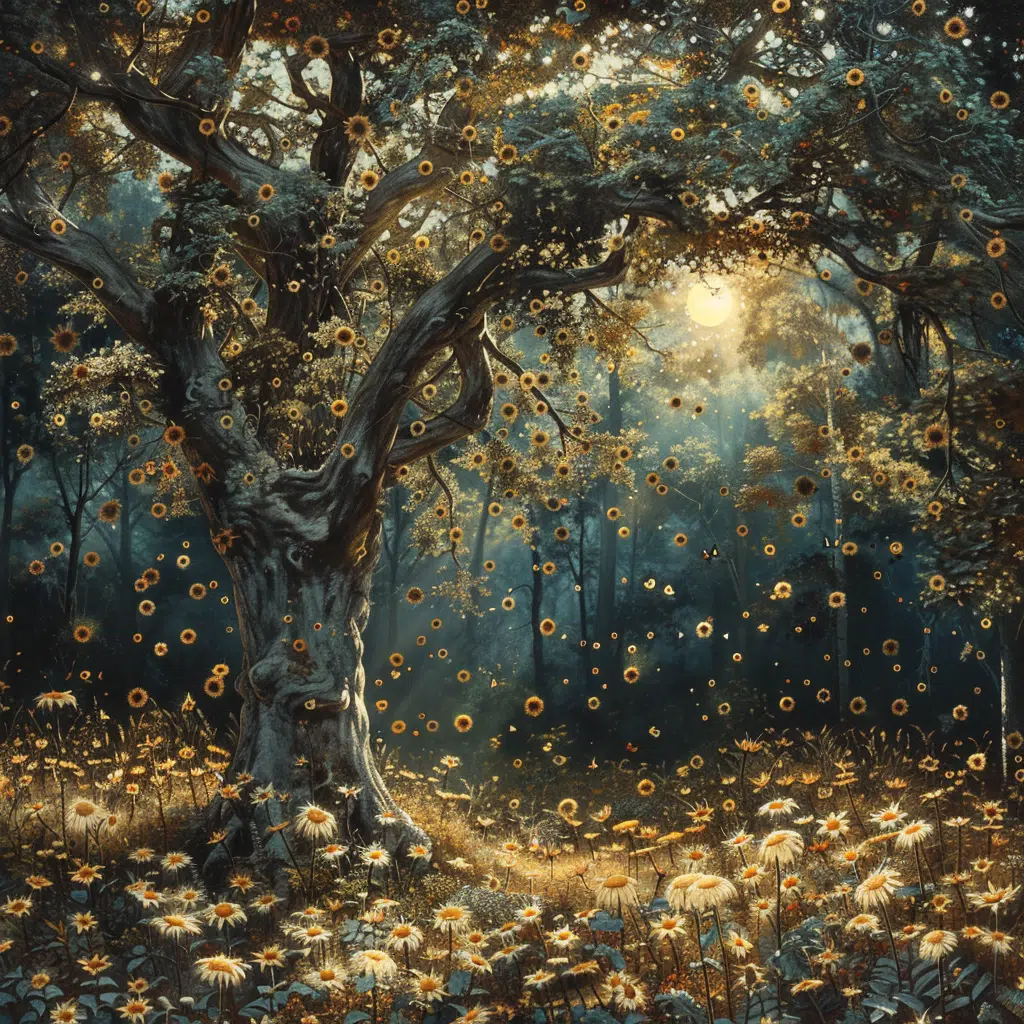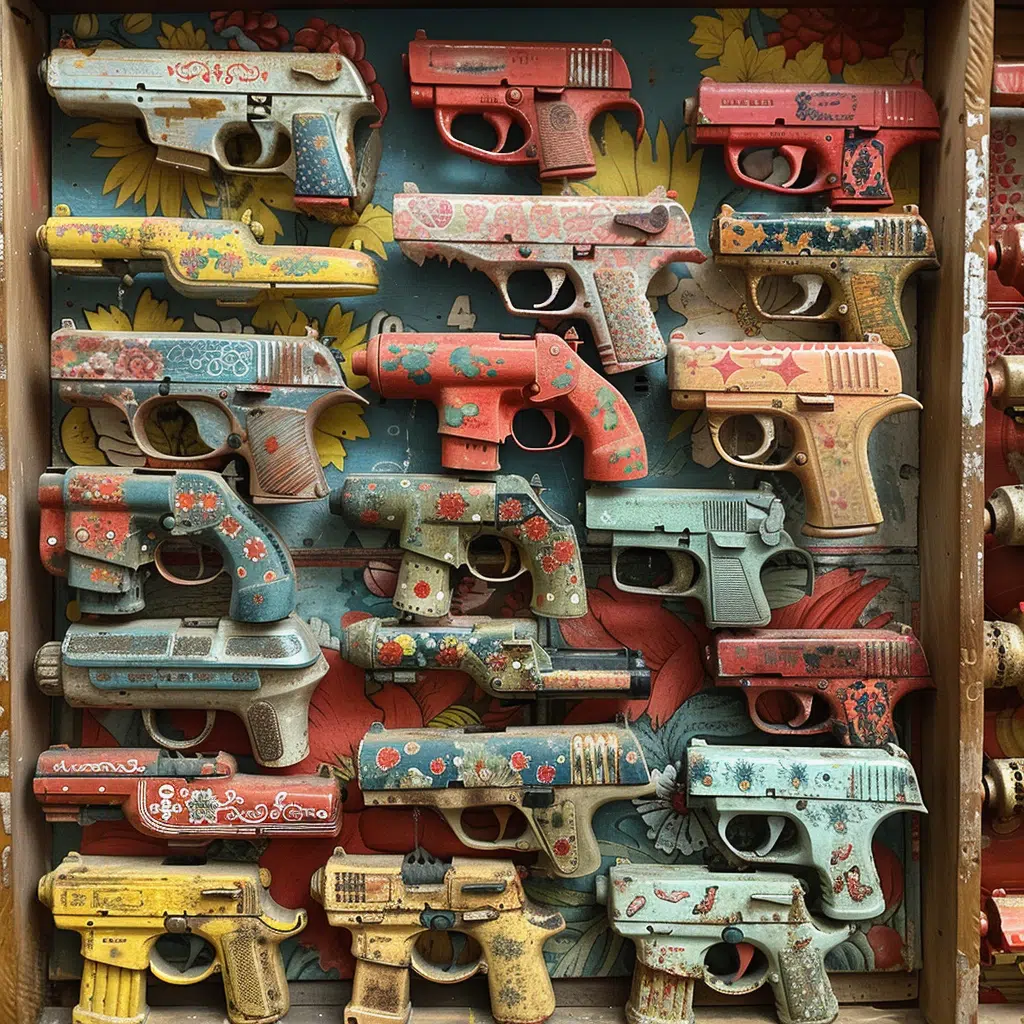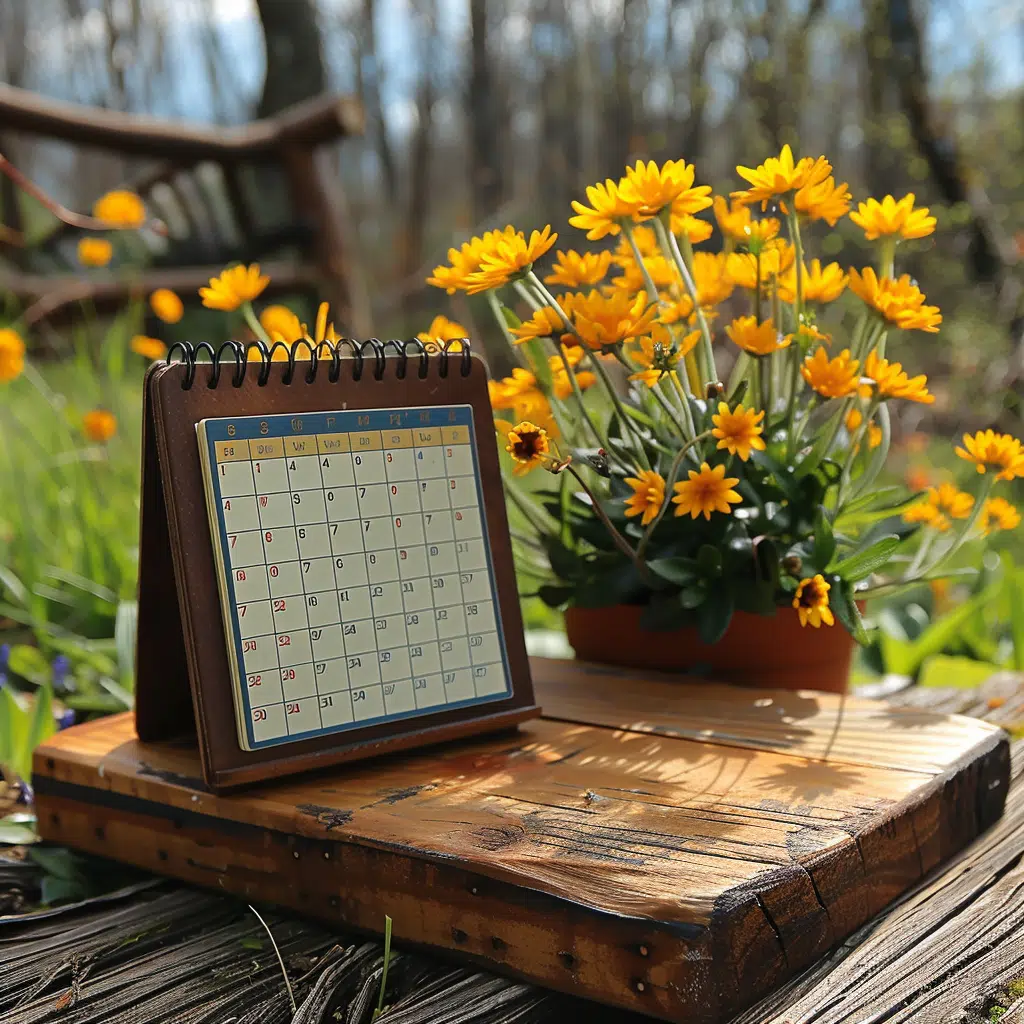The History and Significance of the Asexual Flag
Emergence of the Asexual Flag: A Symbol of Visibility
The asexual flag, or ace flag, is an emblem of empowerment, providing individuals who don’t experience sexual attraction—the aces—a sense of belonging. Like waving a beacon of understanding, its creation on an online forum brought fourth not only visibility but unity. David Jay, the founder of the Asexual Visibility and Education Network (AVEN), played a crucial role in the journey toward embracing asexuality under the wider LGBTQ+ umbrella. It wasn’t overnight, y’all, but the tireless efforts of advocates like Jay eventually led this part of the community out of the shadows and into the colorful cacophony of Pride.
Anatomy of the Asexual Flag: Understanding the Colors
Hold on, let’s unpack this a bit. The asexual flag’s four stripes—black, gray, white, and purple—aren’t just some haphazard pick out of a paint swatch. Nope, each color stands tall with meaning:
– Black stands for asexuality itself.
– Gray gives a nod to the gray-asexual folks and demisexuality.
– White celebrates the non-asexual allies and partners.
– Purple, that’s for community, the bond tying all these diverse experiences together.
Listening to aces talk about their flag is like hearing a symphony of stories, each color resonating a note of their identity’s spectrum. And you bet, just like you got your april 2024 calendar to stay organized, these colors together organize a narrative of pride and belonging.
Asexual Flag and Identity: A Deeper Connection
The Intersection of Asexuality and Nonbinary Identities
Dive into any Pride event and you’ll see the asexual flag flying high, sometimes hand-in-hand with the nonbinary flag. They’re two peas in a pod, really. For many, their identity doesn’t fit into the conventional boxes, and the flags become a shared language. They’re telling their tales, stories that overlap and intertwine like morning glories climbing a trellis, offering an insight into the complex tapestry of human identity.
The Role of the Ace Flag in Advocacy and Awareness
Imagine the asexual flag is a megaphone—it amplifies voices. It’s got a job, right? To call attention to the ace community, clear up the fog of misunderstanding. Organizations like The Trevor Project and GLAAD have waved this flag in their campaigns, sparking dialogues that travel faster than wildfire, right into the heart of societal awareness.
| Aspect | Description |
|---|---|
| Flag Name | Asexual Flag |
| Colors & Meaning | – Black: Represents asexuality |
| – Gray: Denotes gray-asexuality, those who rarely experience sexual attraction | |
| – White: Symbolizes non-asexual partners and allies (allosexuality) | |
| – Purple: Stands for community | |
| Representation | A symbol of the asexual community; reflects its diversity and inclusion |
| Asexuality | A sexual orientation where a person experiences little or no sexual attraction to anyone, regardless of gender |
| Different from | Celibacy – Asexuality is a sexual orientation, not a choice like celibacy; celibacy is about behavior, not attraction |
| Romantic Relationships | Yes – Asexual individuals can have romantic relationships, fall in love, marry, and have families |
| Misconceptions | – Asexuality is not caused by trauma or any other factor |
| – It is not a disorder or a condition that needs to be “fixed” | |
| Expression | Asexual individuals may experience varying levels of emotional, spiritual, and romantic attraction |
| Community | A supportive and diverse group that includes individuals across the asexuality spectrum |
Celebrating Asexual Pride: The Flag in Action
Asexual Flag Representation in Media and Pop Culture
From the corners of niche indie projects to the silver-screen, the asexual flag—in spirit—is gaining traction. Now, characters like Todd Chavez from BoJack Horseman bring the ace narrative to life, with the flag symbolically in tow. And let’s not forget Raphael Santiago from Shadowhunters—talk about standing front and center, flag unfurled, in primetime TV! This isn’t some cryptic symbolism like in prometheus movie, this is real visibility we’re talking about!
Asexual Flag Merchandise: From Lapel Pins to T-Shirts
If you’ve ever strolled down to cafe Bene sipping your fair-trade coffee, maybe you’ve spotted a lapel pin with the ace colors. Asexual flag merch is booming, folks. Entrepreneurial aces and allies are weaving the flag’s colors into everything from T-shirts to tote bags. Just like beyond raw creatine packs in the power for gym-goers, this merchandise packs a punch of pride for those wearing their identity literally on their sleeve.
Spotlighting Diverse Asexual Voices
Personal Stories: Asexual Flag as an Emblem of Pride
Every ace has their own story, a thread in the fabric of the community. We’ve got folks discovering the term ‘asexual’ like an epiphany, and others waving the flag at Pride like it’s their personal declaration of independence. These stories—they’re profound, they’re real, they make you look twice and understand a whole lot more about the rich human experience.
Future of the Asexual Flag: Evolving with the Community
The Evolution and Adaptation of Queer Pride Flags
Flags, much like calendars, serve as markers in time, marking evolution and adaptation. They shift, adapt, and grow—check out that swedish flag to see how national identity can evolve. The queer community, including the ace flag, is no stranger to this progression as it listens and learns from the myriad experiences within its folds.
An Inclusive Future: The Asexual Flag’s Role in Unity
Alright, let’s paint a picture of the future—one where the ace flag is a part of the big family portrait of LGBTQ+ inclusivity. It’s there, in that snapshot, we see the potential for solidarity and growth, for every shade of humanity to finally find their hue in the rainbow.
Embracing the Asexual Flag: Beyond a Symbol
What’s next? We keep the convo going. The asexual flag is more than a fabric; it’s a conversation starter, a journal entry, a chapter in someone’s autobiography. It’s as alive as the people it represents, constantly shifting, growing, embracing new narratives. As we march forward into the july calendar, the june calendar, and beyond, let the asexual flag not be just a marker, but an open book to a special part of the human story.
Remember, the asexual flag isn’t just fluttering fabric—it’s a rallying cry, a heartfelt hug, and a high five. It’s the illustration of a journey that’s just as vibrant and diverse as the spectrum it celebrates. And that’s something we’ll keep cheering for, right alongside our beaming ambition and drive, here at Reactor Magazine.
So, to every ace out there: your flag is your superhero cape. And to everyone else: let it be a lesson in empathy, awareness, and one heck of a design inspiration. Fly it high, wear it proud, and let’s keep the conversation as colorful as the flag itself.
A Deeper Look into the Asexual Flag
A beacon of pride and identity, the asexual flag waves its colors high, but get this—its hues aren’t just random picks. Oh no, each stripe holds a facet of the asexual spectrum, kinda like pieces of a puzzle that fit just right. The black stripe? It’s there representing asexuality itself. The grey stripe, well, it stands for the grey-ace folks who might feel the romantic breeze now and then. When you hit the white, you’re talking about our allies, whose support is as spotless as the color itself. And don’t forget that purple stripe—it’s the community’s nod to community, a shade that kinda feels like a hug, doesn’t it?
Now, for a little off-the-beaten-path piece of knowledge, the asexual flag shares its purple hue with maria Dizzia, an actress known for her dynamic performances that match the vibrancy of our beloved flag’s purple. And just like maintaining the brilliance of the flag, learning How To clean a bong calls for a level of dedication to preserve such vibrancy. Both acts are reflective of a careful approach to preserving something important—be it the symbol of a community or the cleanliness of an object that holds personal value.
Speaking of which, perhaps you wouldn’t think that the same attention to detail needed to keep colors bright and objects pristine would be connected to the story behind the asexual flag’s conception, but here we are! It’s like hopping from point to point, noticing the connections that at first glance seem as random as a dice roll, but upon a closer look, reveal a tapestry of interwoven facts and trivia. The flag wasn’t just whipped up overnight; it was a product of thoughtful collaboration within the asexual community—people so different yet all snug under one inclusive banner. And isn’t that just the ticket in a puzzle where every piece matters?
How do I know if I’m asexual?
Figuring out if you’re asexual can be a bit like solving a personal puzzle. You might not feel that pull of sexual attraction to others, or maybe it’s a rare event. It’s about how you connect with people, not so much who you do or don’t hop into bed with. Everyone’s journey is different, so take your time exploring your feelings.
What is an asexual person?
An asexual person is someone who doesn’t really experience sexual attraction to anyone. They’re not into the sexual vibe with other folks, but that doesn’t mean they’re all about living like a monk. They can have deep connections, just without that sexual spark.
Can asexuals fall in love?
Absolutely, asexuals can fall head over heels in love. Romance for them isn’t about sexual attraction; it’s more about the deep, emotional bond they share with someone. Just like anyone else, they might tie the knot and start a family if that’s what floats their boat.
What is the cause of asexuality?
The thing about asexuality is that it isn’t something that pops up for a reason. It’s not about what’s happened in someone’s life or in their genes. It’s simply part of who they are, as natural as any other sexual orientation.
Do asexuals like kissing?
Kissing can be hit or miss for asexual people. Some might be all for a smooch because it’s a sweet gesture of affection, but for others, it’s just not their cup of tea. It’s a personal preference, really.
Am I greysexual?
If you’re wondering whether you’re greysexual, think about sexual attraction as a sometimes-food. If you rarely experience this kind of attraction or only under specific circumstances, then greysexual might just be your label.
How can you tell if a girl is asexual?
Spotting if a girl is asexual isn’t like finding Waldo – there’s no one look or behavior that gives it away. It’s deeply personal and comes down to how she experiences attraction. The only real way to know is if she tells you about her orientation.
Can asexual be cured?
The word ‘cure’ suggests there’s something wrong in the first place, but there’s nothing to be fixed when it comes to asexuality. It’s a legit way of being, just like being gay or straight, so no “cure” needed or wanted.
How do asexuals make love?
When asexual people talk about making love, they’re often talking about creating an emotional connection, not necessarily getting busy between the sheets. It’s all about feeling close to someone, maybe through cuddles, deep talks, or shared experiences.
Do asexuals like kissing and cuddling?
Kisses and cuddles? Sure, some asexual folks enjoy them; they can be comforting and show affection. But then again, for some, they’re as appealing as soggy toast. It all boils down to personal tastes and boundaries.
How common is being asexual?
You might be surprised, but being asexual isn’t as rare as a four-leaf clover. While it’s hard to pin down exact numbers, experts suggest around 1% or so of the population might be asexual. That’s a whole lot of people!
How do asexuals show affection?
Showing affection as an asexual person isn’t just about the physical stuff. They might do little acts of kindness, give thoughtful gifts, or spend quality time with loved ones. It’s about the connection, not the bedroom acrobatics.
Is being asexual a trauma response?
Trauma can definitely mess with someone’s relationship to sex, but asexuality itself isn’t a knee-jerk reaction to a rough time. It’s a legit sexual orientation, not a side effect of bad experiences.
Is asexuality a mental condition?
Asexuality isn’t a mental health issue. It’s not something that you treat or manage with therapy or medicine. It’s just a part of some people’s identities, plain and simple.
How to treat asexuality?
“Asexuality isn’t on the list of things that need ‘treating.’ It’s not a condition or an illness that’s looking for a remedy. It’s a natural part of the spectrum of human sexuality where a person doesn’t experience sexual attraction.
How common is asexual?
To put a number on asexuality is a bit like trying to count stars – it’s not exact. But current estimates hover around 1% of folks who might wave the asexual flag. It’s more common than you might think, basically.
Am I asexual or demisexual?
If you’re trying to distinguish between asexual and demisexual, consider this: If you don’t feel sexual attraction without a strong emotional bond, demisexual might be your fit. Asexuality is broader, often involving no sexual attraction at all, regardless of the connection.
Am I asexual if I don’t like kissing?
Not being into kissing doesn’t automatically throw you into the asexual camp. It’s more about your overall experience of sexual attraction towards other people or the lack thereof. Kissing is just one piece of the big puzzle of attraction.
What is a GREY ace?
A grey ace, or greysexual, is someone who lives in the space between asexual and someone who often experiences sexual attraction. They might feel sexual attraction but only under certain conditions or just now and then. It’s a spectrum, so it’s not black and white.
























